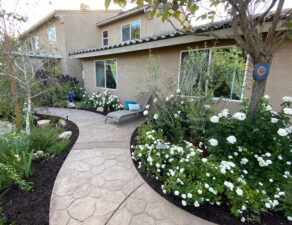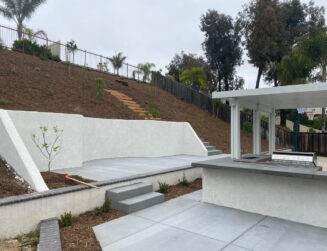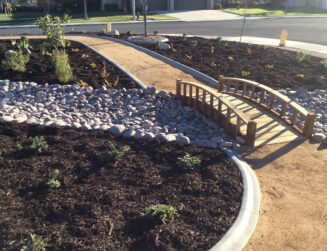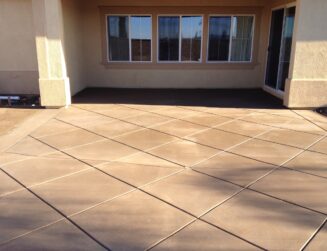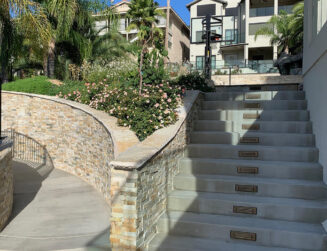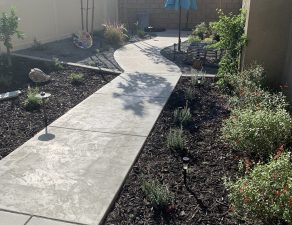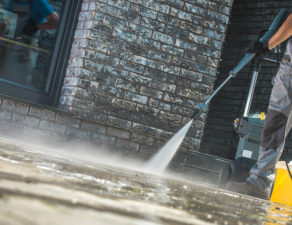
With the drought getting even worse, you wouldn’t think that many homeowners are highly concerned with water runoff. But actually, that’s exactly what happens. When the ground is dried and hardened from long periods of drought, it won’t readily soak up water introduced by a sprinkler system, the garden hose, or rainfall. Instead, you will notice a massive amount of water runoff, and this can create certain problems.
In particular, water runoff can cause problems with hardscape structures like patios and driveways. Over time, water flow will erode these structures, and pooling water causes its own set of problems.
Permeable concrete provides an excellent solution for these dilemmas. With permeable concrete, the structure is composed mostly of a coarse aggregate and water rather than a fine aggregate like sand. This results in a concrete that is porous, allowing water to flow through instead of on top of the surface.
You might be surprised to learn that permeable concrete allows three to five gallons of water per square foot to pass through it every minute! That makes permeable concrete, when designed and installed correctly, an excellent solution for flash flooding and other runoff issues.
Permeable concrete carries many benefits, such as…
It’s easy to install
It provides aesthetic appeal
It costs less over time, because it’s less likely to need as many repairs
It helps you manage stormwater flow
It carries environmental benefits, by allowing water to return to underground aquifers while trapping certain pollutants that sometimes contaminate groundwater
You might think that permeable concrete is the obvious solution for all hardscape structures, but that’s not always the case. It’s not strong enough for some high-use areas, and installers must carefully consider the level of water absorption required. Without this careful consideration, the water table underneath the structure could rise and create serious problems.
To determine whether permeable concrete is right for your project, give us a call to schedule a consultation. We can assess the area and determine if water runoff is a risk, and then decide what to do about it.

